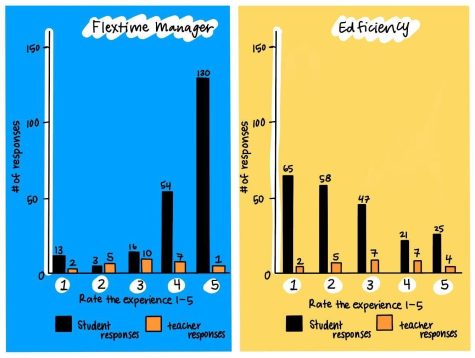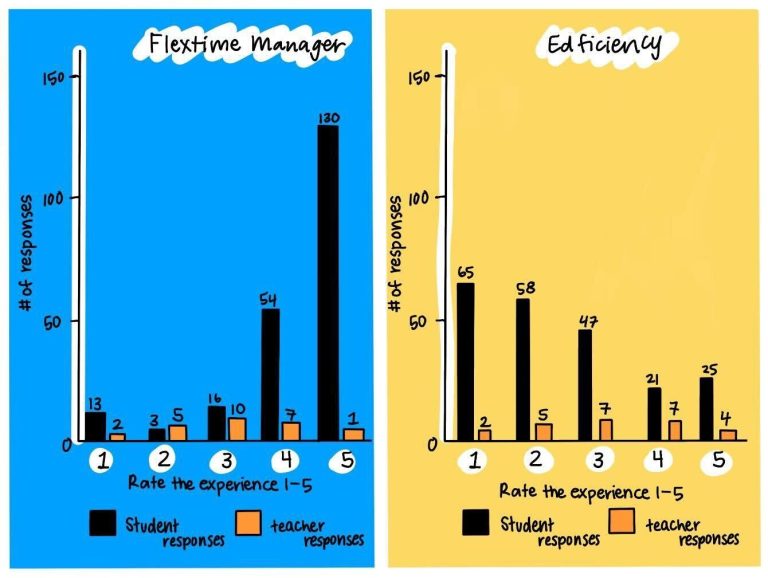

The daily commute can add an hour to your employees’ workday.
#Flextime manager rrisd full
At the other end of the spectrum, they can work a full eight-hour day and still have time to take a class or two in the afternoon. With a flextime schedule, employees can report to work after their class has finished (say, at noon) and still get a full eight-hour day in. Offering a flextime schedule can transform the idea of continuing education from fantasy to reality. That makes it easier to deal with changes in their child’s schedule. With flextime, your employee has the option to report to work and leave work later. What if there’s a school delay or cancellation? 1) Allows For Easier ChildcareĬhildcare can be one of the biggest headaches for a working parent, especially if their partner is working too. Examine the concept of flextime for yourself and we’re sure you’ll add more to this list. The benefits of flextime are myriad and encompass everything from peak productivity to preferred work habits.īelow we’ve listed three basic benefits of incorporating a flextime schedule. What Are The Benefits Of Flextime For Employees? We’ll delve into those benefits in the next two sections. (the core time).ĭuring these three hours, you can organize any number of activities, including:įlextime makes it easy for your employees to create a schedule that fits their life, gives your business the time it needs, and includes both private and group work.īut flextime offers even more specific benefits to both your employees and your business. Here’s a hypothetical team schedule - including a one-hour lunch break - built around this core time.Īs you can see, all seven team members start and end at different times, but they’re all present between 10 a.m. and not later than 9 p.m.), your core time might be 10 a.m.

How Flextime Works: An Exampleįor example, if you used the flextime limits listed above (not earlier than 5 a.m. It’s during this span of time that meetings and collaboration occur between employees working different flexible schedules. Core time is set hours when all employees must be present. That’s why flextime usually incorporates core time. But if they work together as part of a team, you could run into some problems. This is fine if employees work autonomously. With the above example, an employee could begin work at 5 a.m., work eight hours, and finish at 1 p.m. If you implement flextime in your business, you might set the following restrictions on when your employees can work: It’s those “agreed-upon limits” that make flextime unique as a work scheduling practice. What Is Flextime?įlextime is a flexible schedule in which workers can alter workday start and finish times.Įmployees are still required to work a set number of hours per day (e.g., eight) or per week (e.g., 40), but they are allowed to choose when - within agreed-upon limits - they will clock in and when they will clock out. How, exactly, can flextime improve your business? In this article, the productivity experts at Sling show you all the benefits of this unique work schedule. That’s why increasingly more managers are offering flextime instead of the strict 9-to-5 workday. And, as many employers are discovering, it’s essential for their productivity as well. Work/life balance is vital for your employees’ health, happiness, and well-being.


 0 kommentar(er)
0 kommentar(er)
